Jablanica
On January 20th, 1943, the Axis powers (Germany and Italy) and Yugoslav collaborators launched operation White. A operation that aimed to knock out the central part of the Yugoslavian partisan army, including its leader Josip Tito. The battle extended over a large geographical area which was then within the territory of the independent state of Croatia (NDH). The NDH was a puppet state to Italy and Germany and governed by the ultra-fascist Ustasha under the leadership of Ante Pavelic. White involved several minor battles, including around the Neretva river and at the end of February 1943 Tito’s partisans were on the defensive and one way to make it more difficult for the German advance was to blow up bridges over the Neretva river. Between March 1 and 4, all bridges were blown up over Neretva, including the one in Jablanica. The front then stabilized and gave the partisans time to bring a large number of wounded soldiers to safety. The battle for Neretva was over in mid-March 1943 without the partisan army being defeated.
Current status: Museum (2025).
Location: 43°39' 14.17" N 17°45' 34.87" E
Get there: Car.
Follow up in books: Pavlowitch, Steven: Hitler’s New Disorder: The Second World War in Yugoslavia (2008).
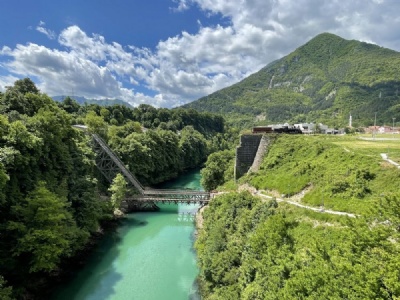
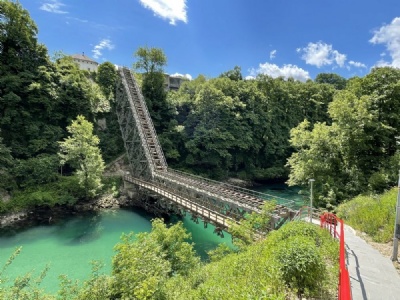
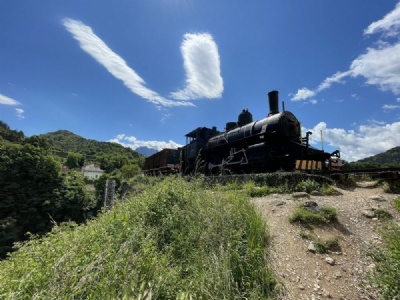
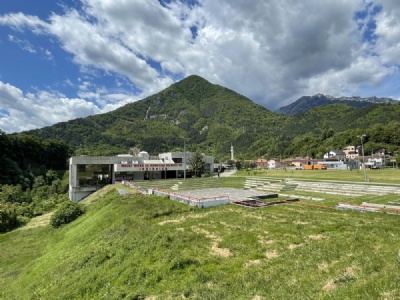
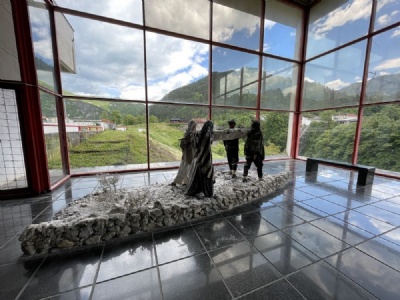

In communist Yugoslavia, the battle of Neretva became a symbol of the war against the germans and a tribute to Tito and his partisans. Tito even ordered a film to be made about the battle (Battle of Neretva) in which the blowing up the bridge was the film’s crescendo. The film premiered in 1969 and the cast consisted of several famous Hollywood actors at the time, Yul Brunner, Franco Nero, Curt Jürgens, Hardy Krüger, who were all lured with big money to give the film an international character. The film had no financial limitations, and Tito gave the director all the money he needed, thus it also became the most expensive film recorded in the former Yugoslavia. The movie was a great success and nominated for best foreign film in the 1969 Oscar’s. During the production the real bridge was blown up (which the Germans built in August 1943). But the problem was that the explosion caused so much smoke that the scene could not be used in the final film. This bridge is nowadays part of the museum (Battle for the Wounded at Neretva) that Tito had set up in 1978. It is an interesting museum and a large part of the museum is about the film and the film shooting where the blown up bridge has become a monument in itself.